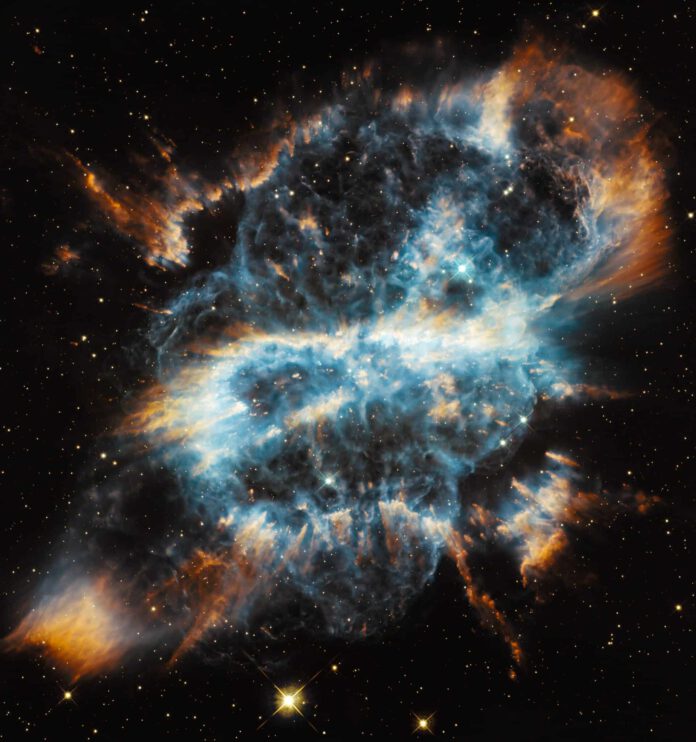
The Transcendent Beauty of a Dying Star: NGC 5189
The process of a star’s demise can often yield breathtaking visuals. One such example is NGC 5189, a complex planetary nebula with a spiral structure. This stunning entity was photographed in 2012 by the Hubble Space Telescope.
When viewed, the nebula image radiates a dazzling spectrum of colours, made possible by the usage of five different colour filters. However, a look through a telescope would not necessarily reveal all these hues. Furthermore, the nebula’s formation hints more at a barred spiral galaxy than a nebula, a consequence of its peculiar ‘S’ structure.
An Astonishingly Colourful Nebula Imperceptibly Far Away
Located 1,800 light years away from Earth in the constellation Musca, this magnificent nebula spans a diameter of three light years. As it set out on the path of death, the star shed its outer gas layers. The shedding was not a swift process but rather transpired over a significant span. The illumination of this gas is caused by the ultraviolet radiation emanating from the central star.
If one scrutinises the centre of the nebula, it resembles a warped torus. This structure is a later development than the lobes that are perceptible at the top and bottom. The star at the heart of the nebula is now a white dwarf.
A Unique Doubly Bipolarnor Quadrupolar Structure
The nebula exhibits a unique double bipolar or quadrupolar structure. This could potentially be explained by the existence of another star. When the central star was in the process of shedding its gas layers, these patterns of gaseous streamers might have been influenced by the gravitational pull of a companion star. However, the veracity of this hypothesis is unknown to astronomers since no trace of a companion star can be found in the image.











